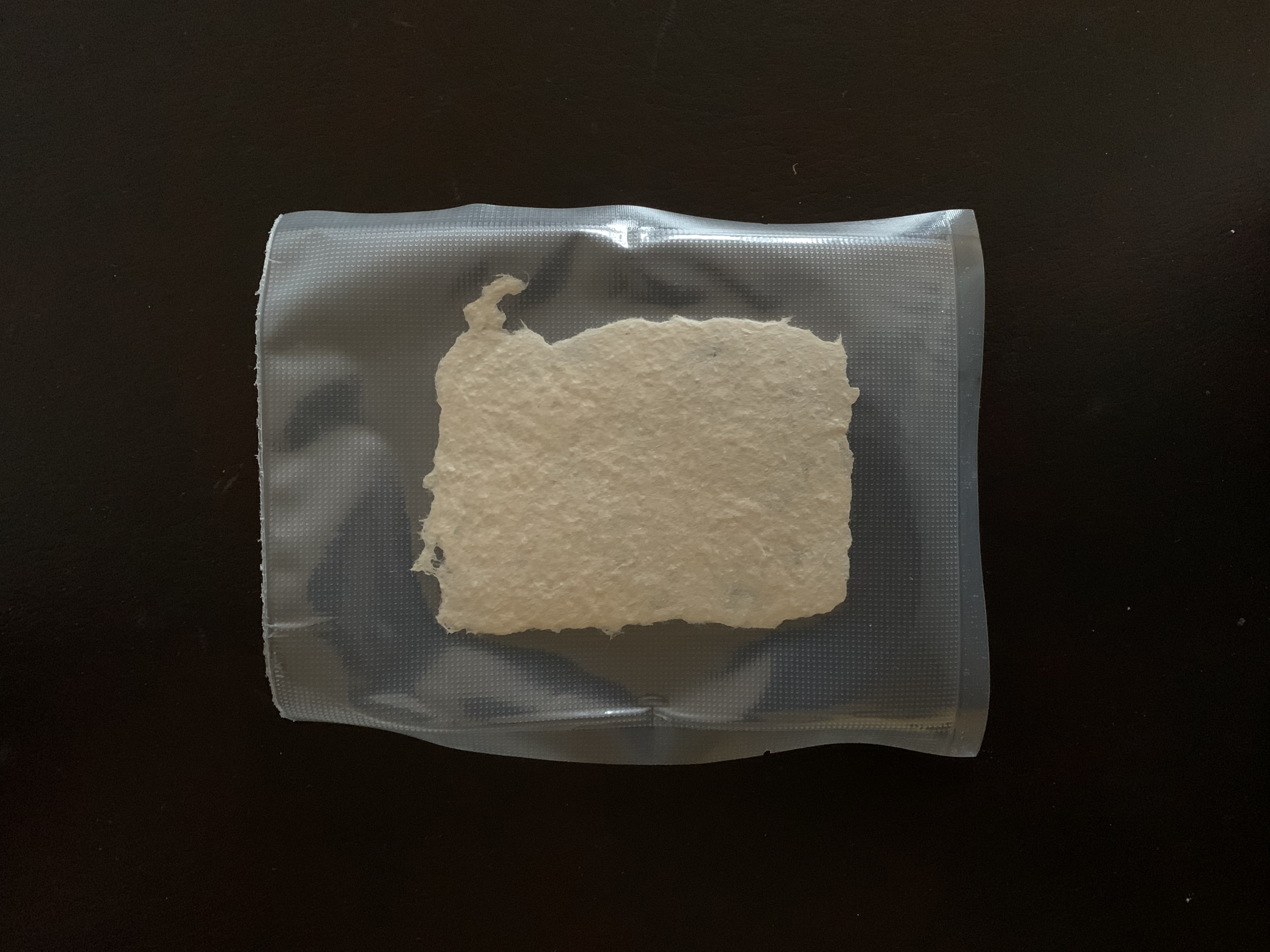
I have used local water sources such as canals, rivers, rain puddles – which potentially contain various elements found floating in the water or soil – as part of the paper-making process.
For example, technologies like eDNA analysis may advance much further in the coming decades. My work could potentially serve as a means in the (far) future to access information about past life in these waters. It could play a role as a message from the past conveying something very precise yet also imaginative. Perhaps in just ten years, it may tell even more than what we are able to imagine at this moment.
I have selected the locations for collecting water from the book 'Provincie Utrecht – Literaire reis langs het water' (Literary journey along the waters of the Province of Utrecht) (Stichting Achterland Zeist, 2003).
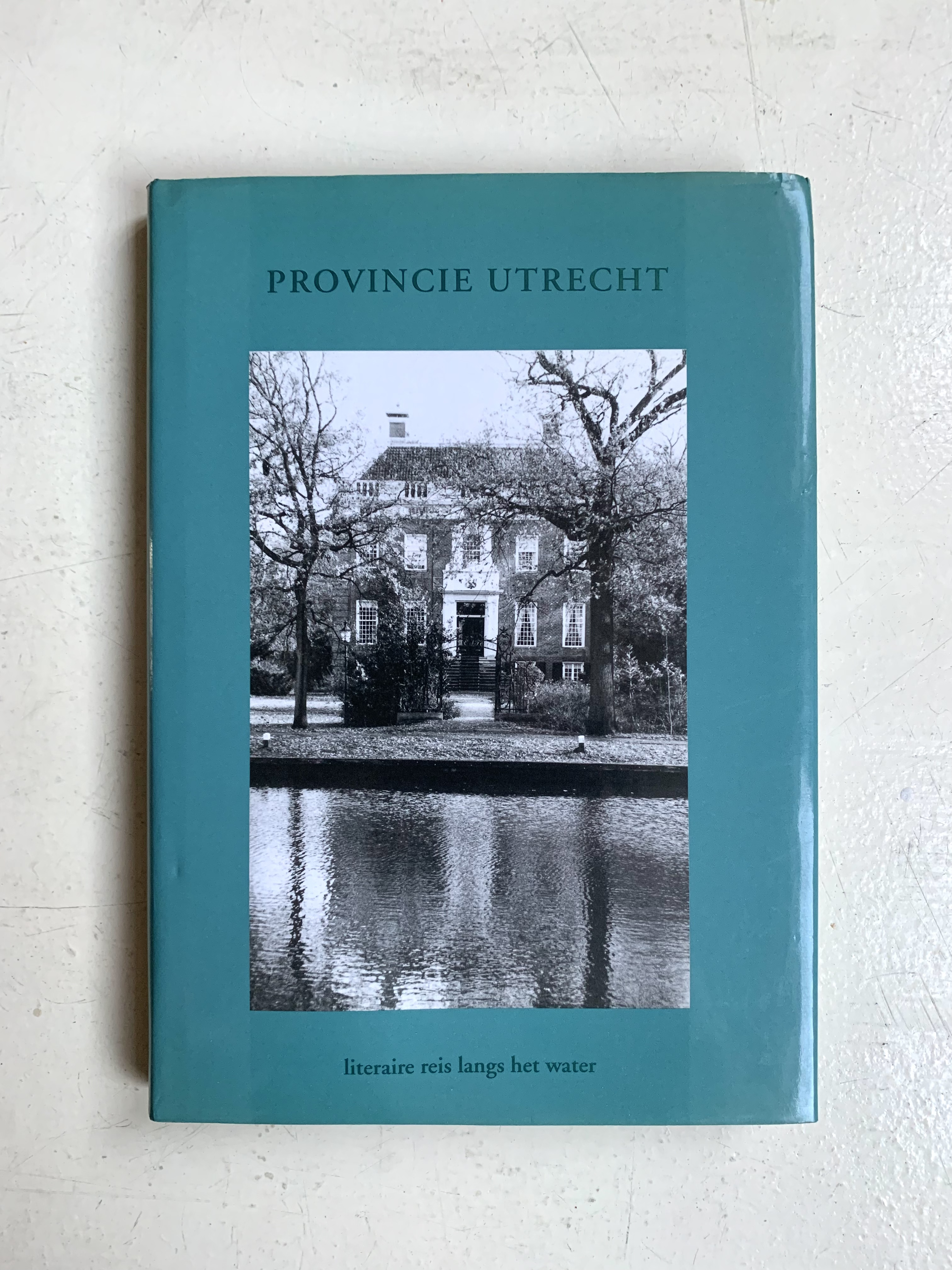
One of the selected locations: Fort Vechten
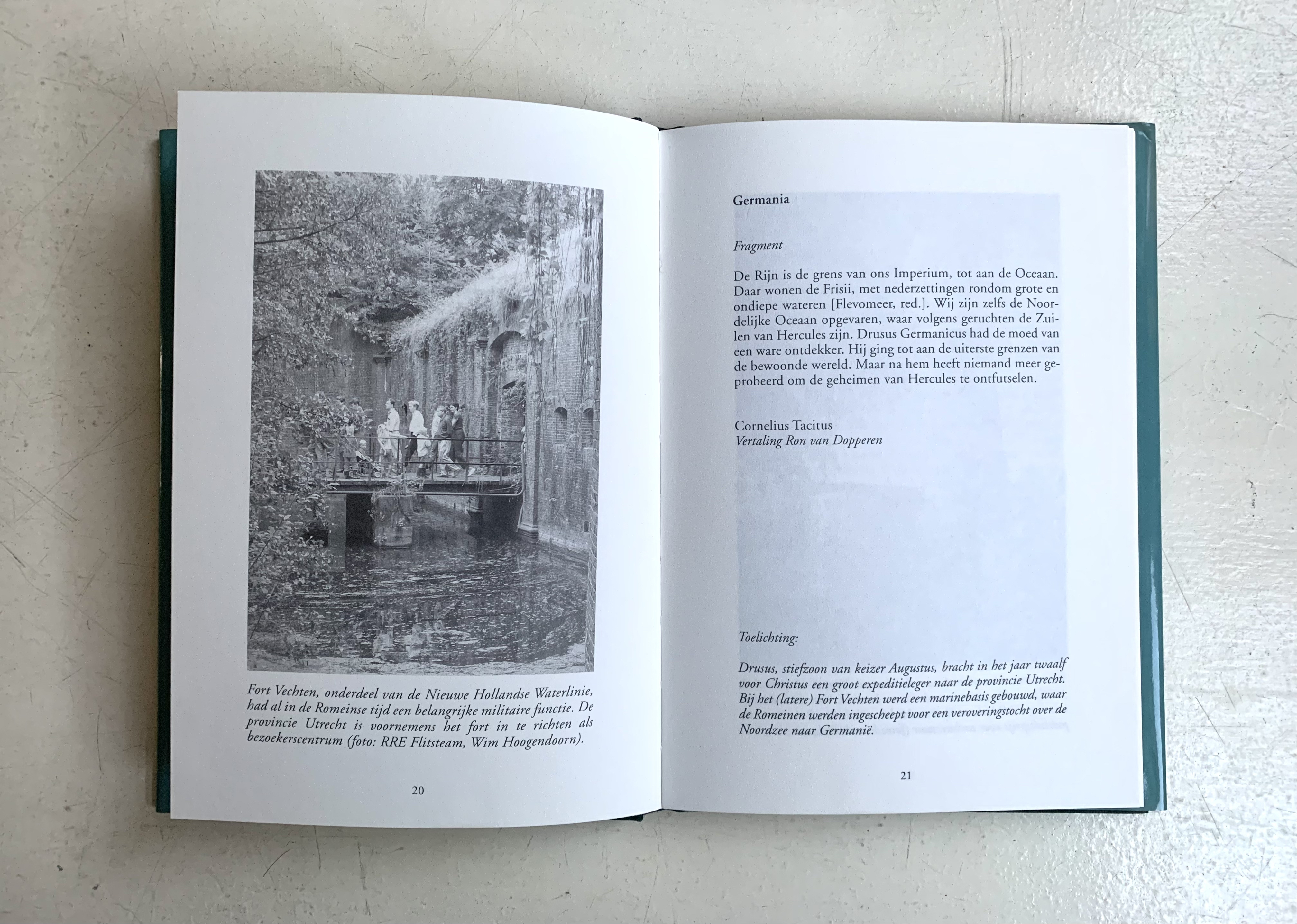
Fort Vechten (same spot) on 22 November 2023 ( 52.0593391, 5.1664442)

Paper pulp preparation. 65% cotton + 35% in-between paper from milk cartons (this blend is similar to the recipe for 'Zaansch Bord', a Dutch traditional paper from the windmill in Zaandam, the world's oldest paper mill still in operation)

On-site paper production kit
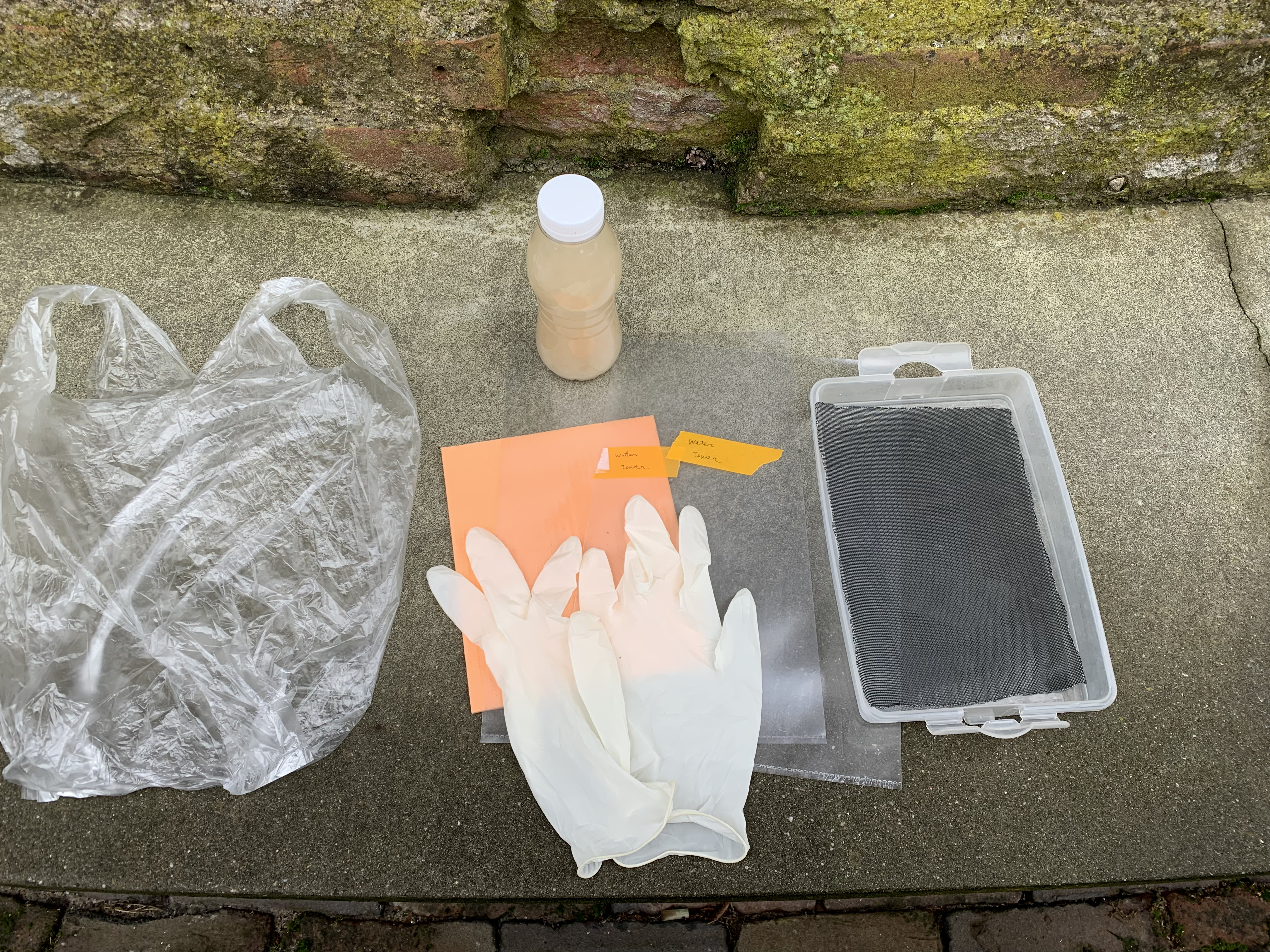
On-site paper production using local water
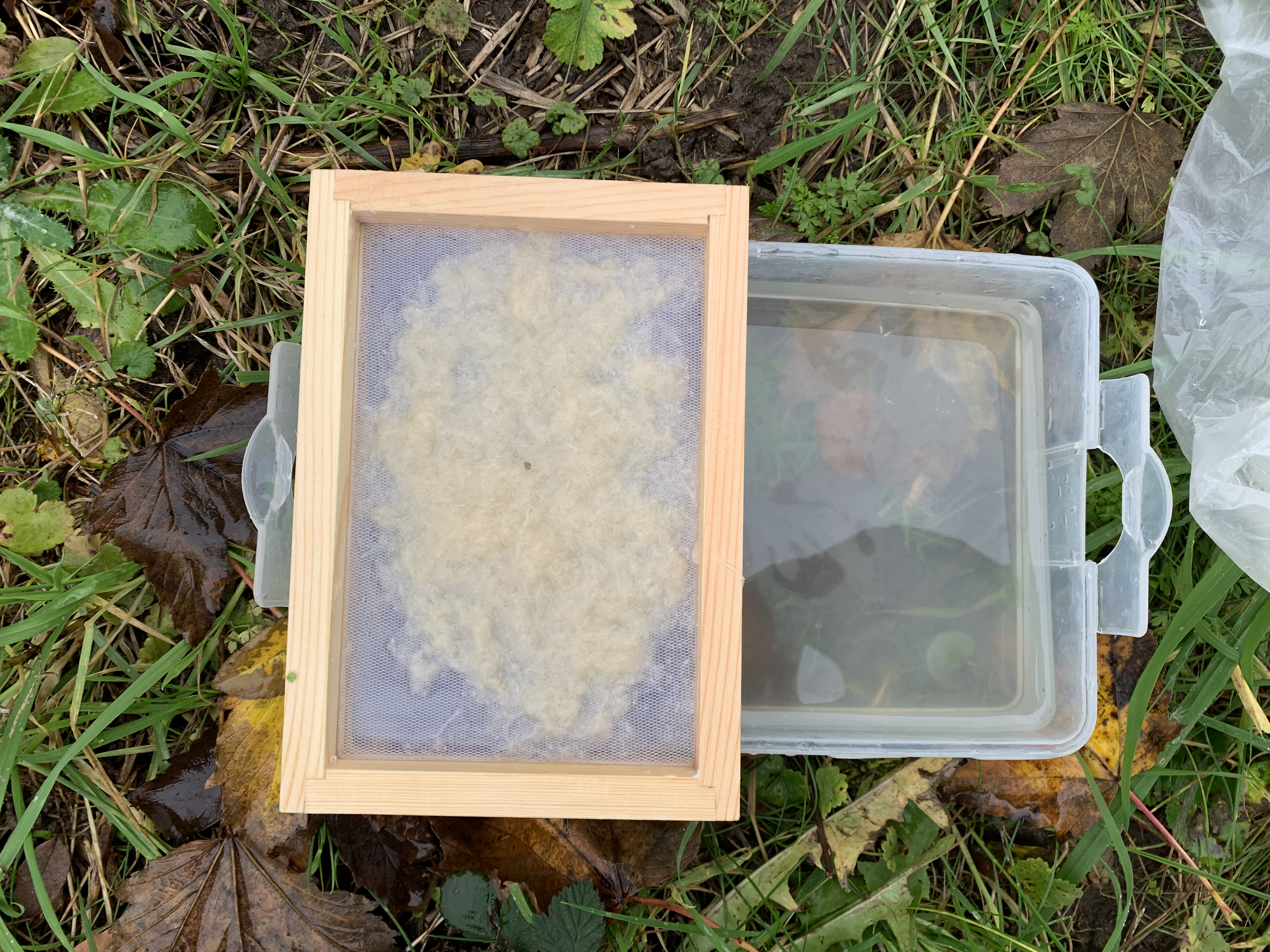
Drying the paper on a flat surface with silica gel
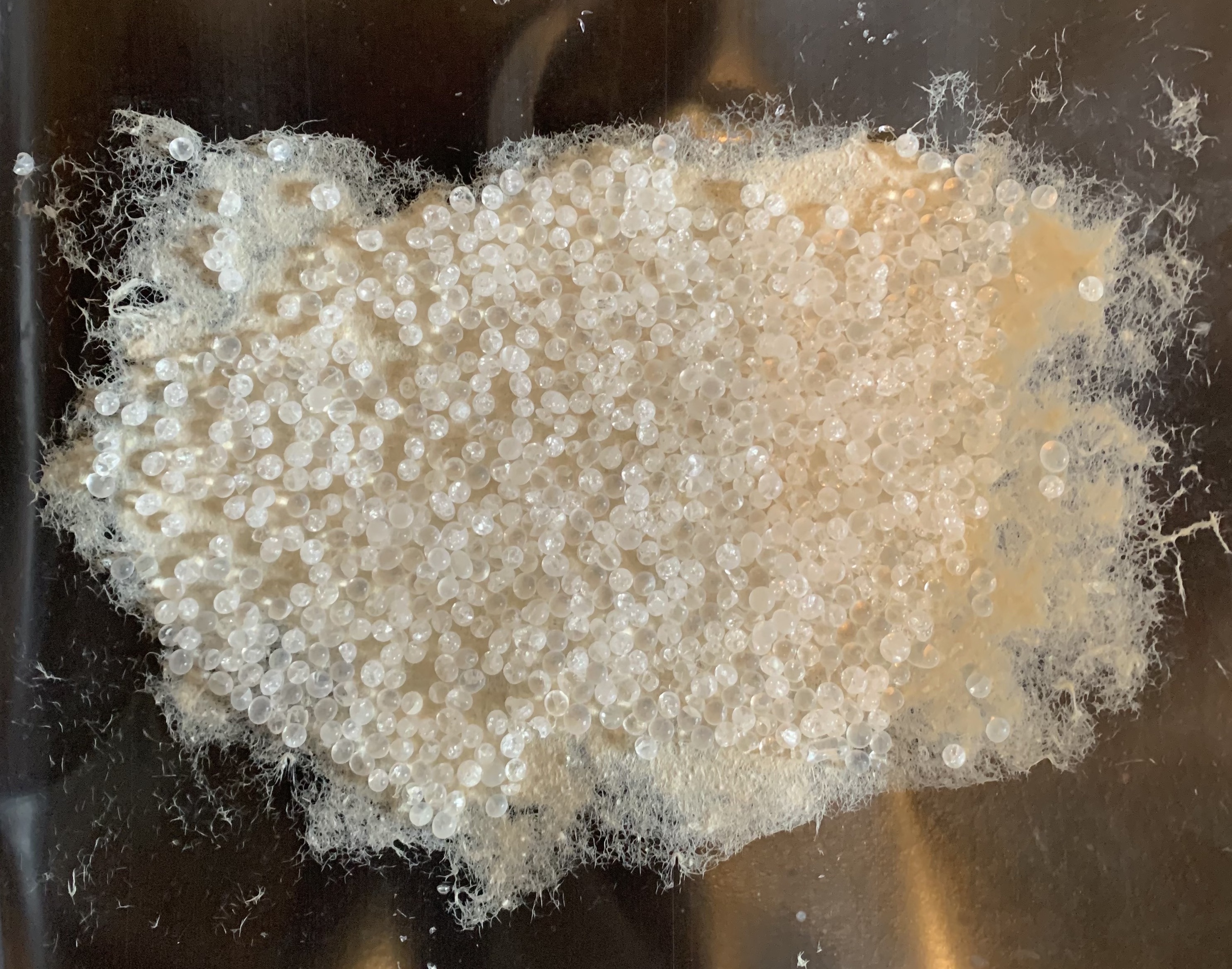
The date and location of the water used for paper production are noted down on the paper
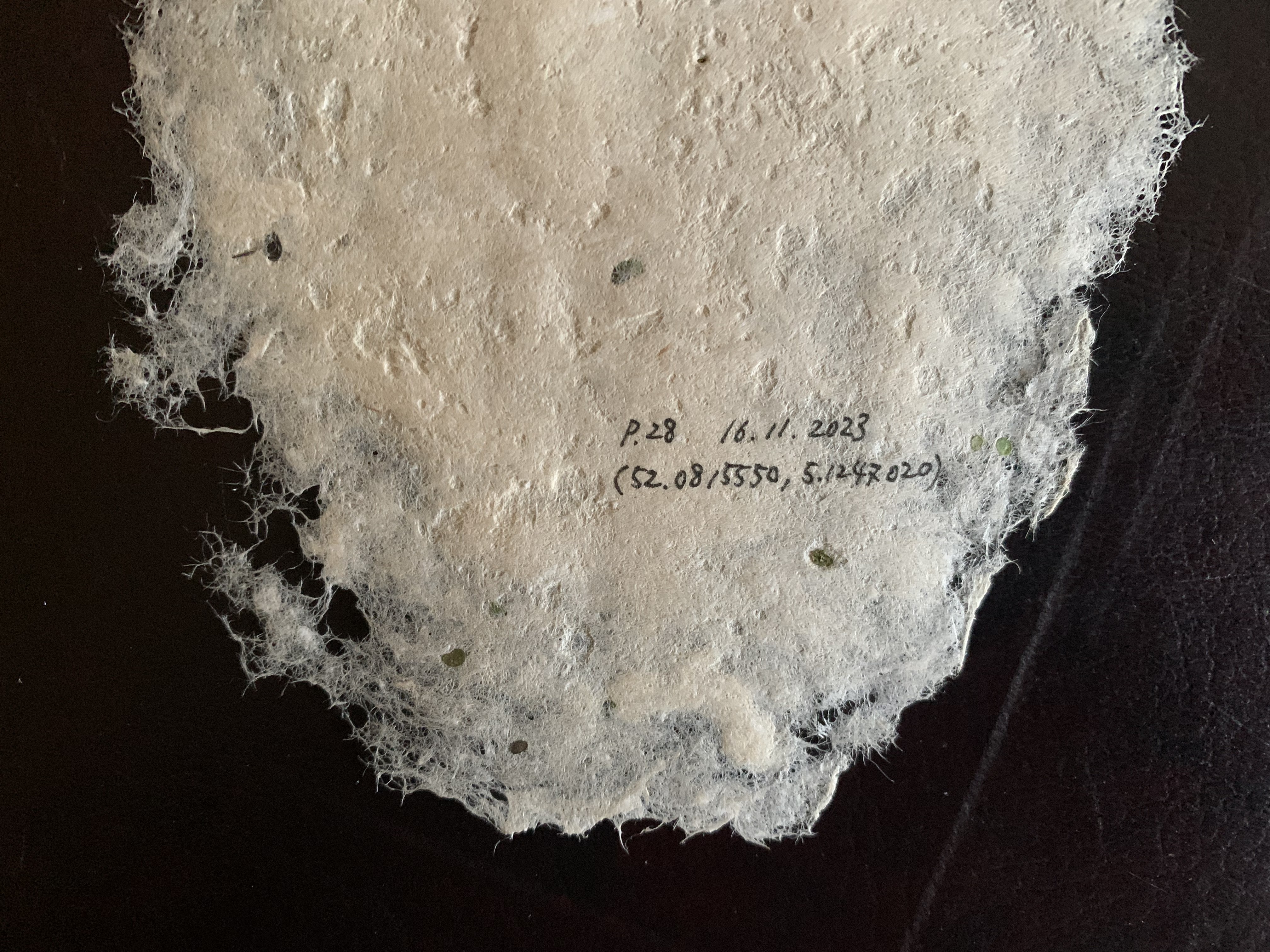
The paper is vacuumed and kept in a freezer somewhere below minus 20 degrees Celsius
